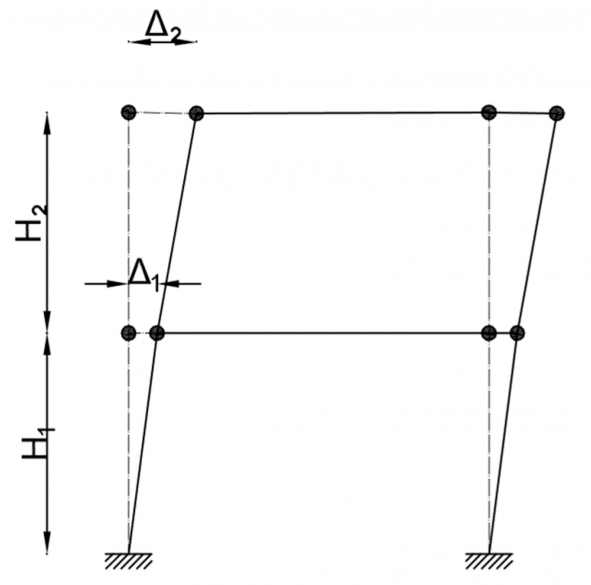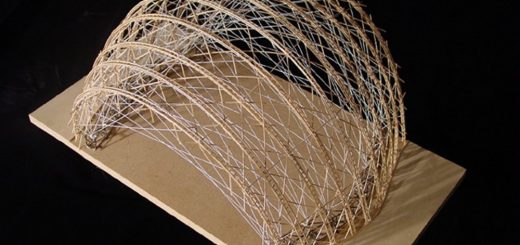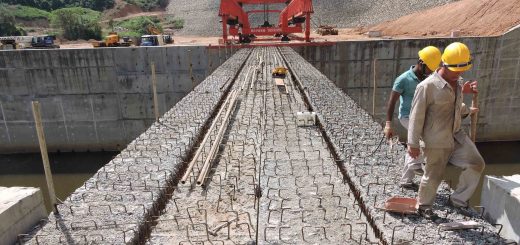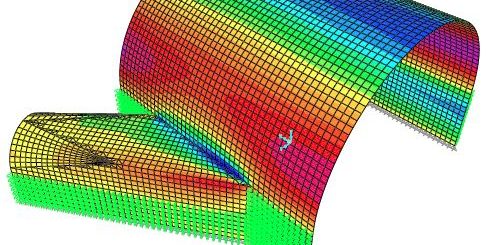What is Storey Drift and its Limitations
As a civil engineer, understanding storey drift is essential for the successful design of a high-rise building. Whether you are a practicing civil engineer or a student gaining knowledge in the field, understanding Storey drift and its implications are essential. This article will explore storey drift and how it is used to target civil engineers, with a focus on the motivations behind it and how it can be effectively addressed.
Storey drift is the horizontal movement of a building or structure due to the action of external forces, such as wind or earthquake. It is typically measured in millimeters or fractions of an inch. Although storey drift is a relatively small amount of movement, it can have a significant impact on the safety and performance of a building or structure.
In some cases, storey drift can lead to the collapse of a building or structure.
Factors Affecting Story Drift
There are several factors that can contribute to Storey drift.
- The type of construction
- The size of the building or structure
- Weight of the building or structure
- The type of foundation.
- Storey drift can be exacerbated by the presence of soft soil or weak rock.
When story drift occurs, it is usually the result of a combination of these factors.
In addition, the following factors are also considered important factors that contribute to floor drift.
- Height of the building
- Floor-to-floor height
- Stiffness of the building and its variation
The amount of Storey drift that occurs in a building or structure is typically related to the height of the building or structure. Taller buildings or structures are more likely to experience Storey drift than shorter ones. This is because taller buildings or structures are more likely to be affected by external forces, such as wind or earthquakes. In addition, taller buildings or structures are more likely to have a heavier load, which can contribute to Storey drift.
How to Calculate Story Drift
The story drift is not the same as the lateral deflection of the building. It is the movement in the lateral direction. On the other hand, Storey drift is a kind of relative movement assessment of the structure.
The story drift is calculated between the floors. The relative movement of the two different stories (movement of one floor compared to other) is checked.
As we discussed story drift is the relative movement of the floor relative to the story height.
Let’s calculate the drift.
Relative movement = Δ2 – Δ1
Story height = H2
Storey Drift = (Δ2 – Δ1) / H2
What are the Limiting Values for Storey Drift
Limiting the drift of the structure indirectly controls the lateral displacement of the structure too. When there is low drift in the building, lateral deselection of the building is also lower.
The drift of the building is in the limited same manner as the deflection of the building. Usually, the limiting value of the lateral displacement of a building is specified as height divided by some values.
Lateral displacement of the structure occurs due to the wind and earthquake load most of the time. There could be other exceptional loads such as blast loads which may be handled differently, and we are not going to discuss about those loads here.
In the standards, limiting values for drift for wind and earthquake could have been given. It is observed that some of the standards have not specified limiting values for the drift.
Range of Drift Commonly used – H/200 – H / 600
The most commonly used limiting drift values are H/400 or H/500.
Depending on the relevant standards, you may select the drift limiting values. I would prefer to use H/500 as the story drift allowable limit.
Why Should We Care about Storey Drift
It is very important to care about the story drift and maintain it within the specified limits. It is a kind of a serviceability limit of a structure that controls the deflection.
Not like the total deformation of the structure, it indicates the behavior of the structure at a different level. This cannot be observed with the total deflection of the building.
If weak floors are having lower stiffness that may be subjected to failure, can be observed with drift values. From this, necessary modifications can be made during the design.
- Limiting the drift control the damage to the nonstructural component. Excessive lateral deflections could cause the fixture to the main structure. Cracking of brick walls, damage to the ceilings, partition, electrical items, etc. could be expected.
- When we found there is excessive deflection in inter floors, that can be modified or adjusted during the design. Necessary precautions such as the continuation of shear walls, increasing column stiffness, etc. could be done as a structural modification for the analysis.
- Special attention shall be made to the structural analysis. The values given by the analysis shall be verified by other means of judgment based on the experience otherwise we will end up with incorrect results. Decisions taken based on that incorrect information will result in to increase in the building cost if we increase the structural stiffness and if we reduce the stiffness, it could lead to a structural failure.




